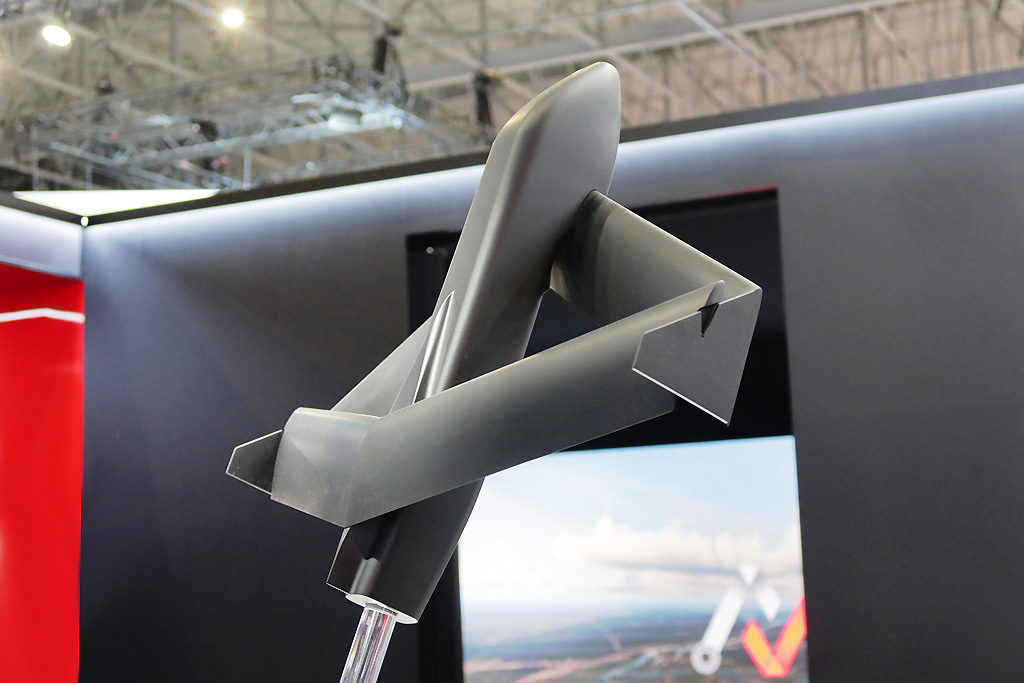The Evolving Landscape of Counter-AI Warfare: Insights from the People’s Liberation Army
Introduction
The recent military exercises conducted in the Gobi Desert underscore a significant shift in modern warfare tactics, particularly in the context of artificial intelligence (AI) integration. The Blue Force’s sophisticated strike against the Red Force’s artillery initially appeared successful, only to reveal a deeper strategy rooted in deception from the Red commander. This incident highlights the strategic importance of counter-AI operations, illustrating how military forces are adapting to a battlefield increasingly dominated by AI technologies.
Strategic Deception in Military Training
During the Zhurihe exercises, the Blue Force launched a concentrated attack, resulting in the simulated destruction of enemy artillery. However, exercise control subsequently disclosed that more than 50% of Blue’s units had been neutralized, as they had been misdirected by decoy artillery and deceptive tactics employed by the Red Force. This incident serves as a pivotal example of the PLA’s emphasis on counter-AI warfare, where the interplay between AI systems for both offensive and defensive measures plays a crucial role.
Counter-AI Warfare: The PLA’s Framework
The PLA is innovating in military strategy, shaping a framework around “counter-AI warfare” that emphasizes the synergy between human and machine capabilities. Key components of this counter-strategy include:
-
Manipulation of Sensors: Troops are being trained to alter how their equipment appears to various detection methods, including radar and thermal sensors. This involves the application of special coatings and decoy systems to mislead opposing AI.
-
Data Deception Techniques: Counter-data operations focus on injecting flawed information into the enemy’s data stream, confusing AI algorithms to produce erroneous conclusions regarding troop placements and movements.
-
Algorithm Disruption: Counter-algorithm tactics exploit vulnerabilities within enemy AI frameworks, seeking to confuse them through intentionally misleading inputs that distort their decision-making processes.
-
Attacks on Computing Capabilities: This includes both kinetic and cyber operations aimed at degrading the enemy’s computing resources and battle management systems, thereby overwhelming them with electronic noise.
The PLA articulates this triad with an emphasis on simultaneous assaults on data integrity, algorithm functionality, and computational resources. The design is to achieve holistic disruption of an adversary’s situational awareness and operational effectiveness.
Implementation of Countermeasures
Recent efforts by the PLA demonstrate the practical application of these concepts. Enhancements to training regimes include:
-
Real-Time Decision-Making: Pilots in UAV units undergo drills distinguishing between actual and simulated targets, reinforcing their ability to recognize decoy threats.
-
Enhanced Air Defense Training: Focus has shifted toward ultra-low-altitude strategies that emphasize deception tactics tailored to bypass advanced detection systems.
-
Maritime Operations: New frameworks are being developed for underwater vehicles to identify and disregard acoustic decoys when engaging surface targets.
Balancing Human and Machine Roles
The PLA emphasizes the necessity of maintaining human oversight in military operations. There is a conscious effort to prepare commanders to resist over-reliance on automated systems, ensuring that human judgment remains a critical component. Such efforts include:
-
Cognitive Training: Exercises designed to develop intuition that allows commanders to discern when to trust AI outputs versus when to take manual control.
-
Continuous Learning and Adaptation: Simulations embed adversarial tactics, enabling personnel to develop quick responses to algorithm-driven decisions.
This commitment to human-in-the-loop command structures serves as a safeguard against the potential pitfalls of AI-dependent warfare.
Industry Contributions to Counter-AI Efforts
The commercial sector is increasingly aligning with military strategies to develop counter-AI solutions. Notable advancements include:
-
Physical Deception: Companies are producing multispectral camouflage technologies that obscure various detection signatures, enhancing the stealth capabilities of military assets.
-
Electronic Warfare Solutions: Vendors are delivering systems designed to jam enemy communications and flood the electromagnetic spectrum, aligning with PLA strategies for soft-kill operations.
-
Software Innovations: Tech firms are spearheading the development of tools aimed at safeguarding AI models against sabotage, enhancing both resilience and operational integrity in military contexts.
U.S. Response to Counter-AI Challenges
The U.S. military must recognize the critical importance of counter-AI capabilities as highlighted by recent PLA developments. The lessons from the battlefield in Ukraine, where deception tactics gained renewed significance, necessitate a proactive approach to fostering robust counter-AI strategies.
To remain competitive, U.S. planners should focus on:
-
Structured Red-Teaming: Developing systematic testing and evaluation methods that simulate adversarial tactics to identify vulnerabilities in AI systems.
-
Rapid Prototyping and Training: Enhancing training scenarios to incorporate AI-driven adversarial capabilities, allowing troops to engage with replicated enemy systems.
-
Integrating Advanced Technologies: Leveraging foundational projects like DARPA’s GARD for adversarial robustness and IARPA’s TrojAI for backdoor detection to ensure military readiness against evolving threats.
By addressing these challenges head-on, the U.S. can mitigate vulnerabilities stemming from its adoption of AI technologies, transforming potential weaknesses into strategic strengths in the rapidly evolving landscape of modern warfare.





